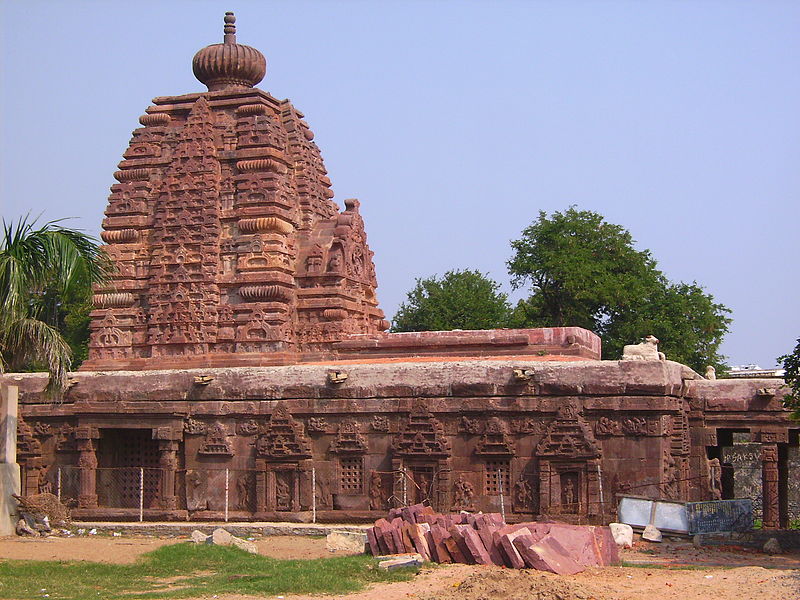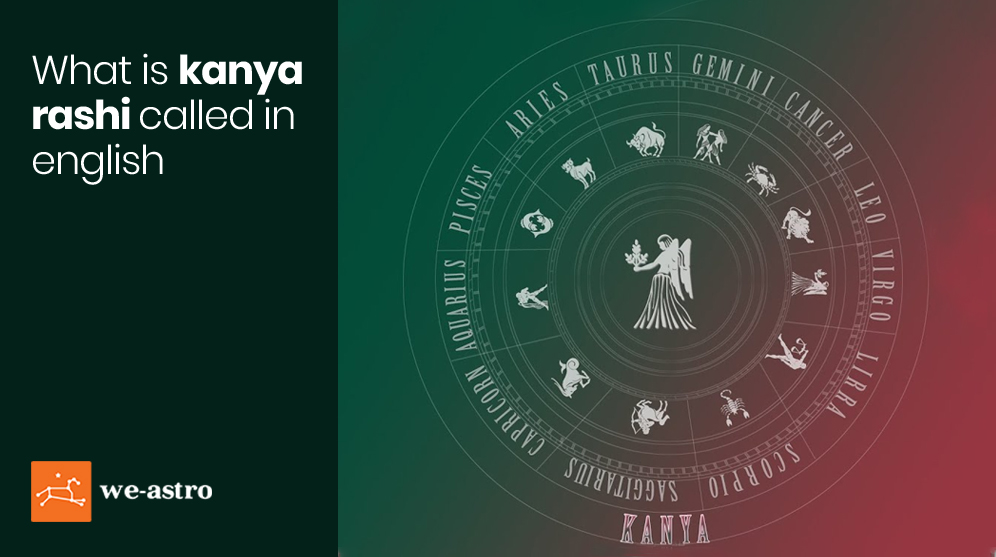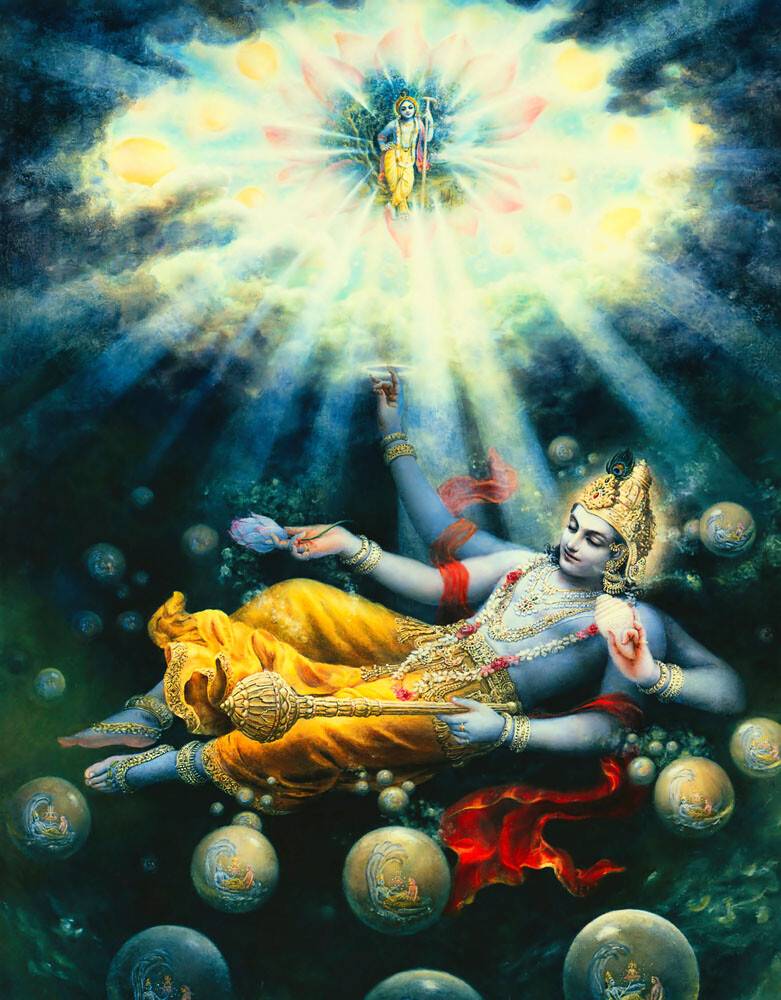Unveiling the Mysteries: Decoding the Sacred Symbols of Hinduism
Explore Hinduism symbols, powerful representations of a ancient spiritual tradition, reflecting deep meanings for inner growth and divine connection.
Hinduism, one of the world's most ancient and diverse religions, is rich in symbolism. These symbols serve as a means of communication, expressing profound philosophical and spiritual truths. They also serve as a bridge between the human and divine realms, connecting the devotees to the eternal cosmic consciousness. In this blog post, let us explore some of the most significant symbols in Hinduism and the meanings behind them.
One of the most recognizable symbols of Hinduism is the Om, or Aum. It is considered the sacred sound of the universe, embodying the essence of the entire creation. Om represents the three stages of existence: creation, preservation, and destruction, as well as the three states of consciousness: waking, dreaming, and deep sleep. It is often chanted during meditation and prayers, invoking a sense of inner peace and connection with the divine.
The Swastika, often misunderstood due to its association with the Nazis, is an ancient and auspicious symbol in Hinduism. It symbolizes the eternal cycle of life, death, and rebirth, as well as the balance of opposing forces in the universe. The four arms of the Swastika represent the four directions, four elements, and the four stages of life. It is a reminder of the interconnectedness of all things and the eternal nature of existence.
Another essential symbol in Hinduism is the lotus. The lotus flower blooms in muddy water, yet remains unstained by its surroundings, symbolizing the purity of the soul amidst the chaos and impurities of the world. It also represents spiritual awakening, as the unfolding petals signify the expansion of the soul and the realization of one's true potential. Many Hindu deities, including the goddess of wealth and prosperity, Lakshmi, are depicted seated on a lotus throne, symbolizing their divine nature and purity.
The final symbol we will discuss is the trident, or Trishul, associated with Lord Shiva, one of the principal deities in Hinduism. The trident represents the divine power of creation, preservation, and destruction, as well as the unity of the physical, mental, and spiritual realms. The three prongs also signify the three gunas or qualities of nature - sattva (purity and harmony), rajas (passion and activity), and tamas (ignorance and inertia) - which must be transcended to attain spiritual liberation.
In conclusion, the symbols of Hinduism are essential elements that express the profound wisdom and spirituality of this ancient religion. They remind us of the interconnectedness of all things, the eternal nature of existence, and the ultimate goal of self-realization and spiritual liberation. By understanding and contemplating these symbols, we can deepen our connection with the divine and enrich our spiritual journey.




